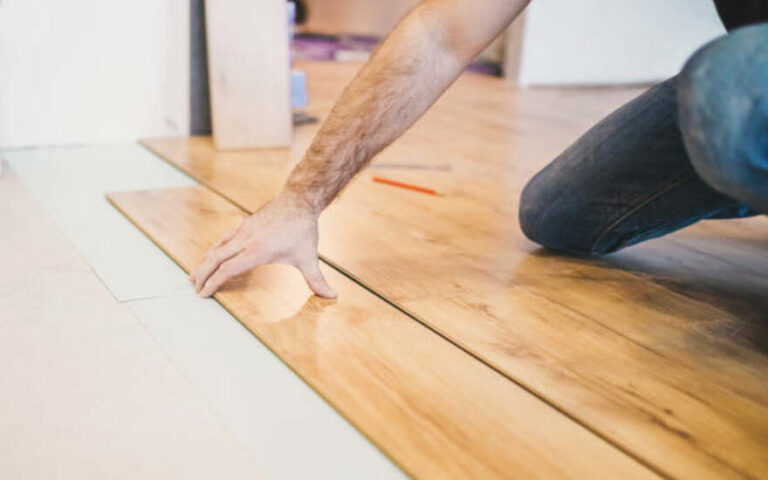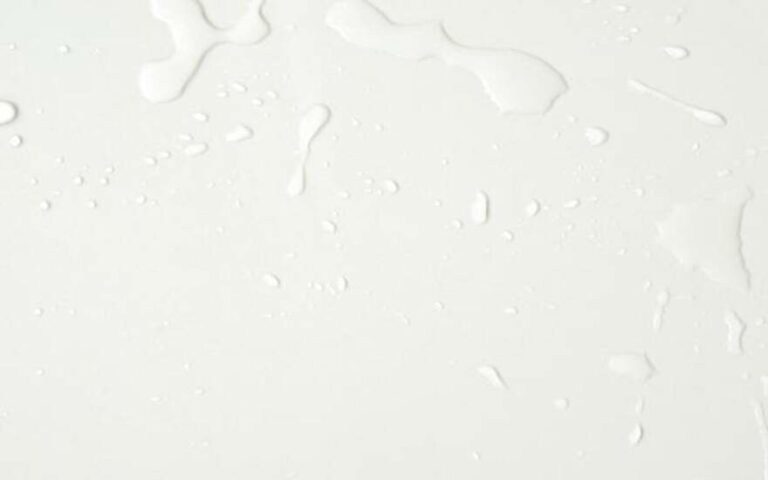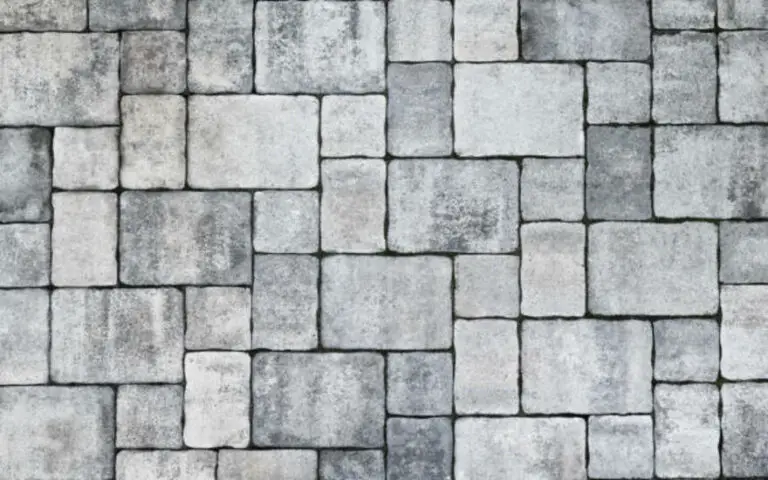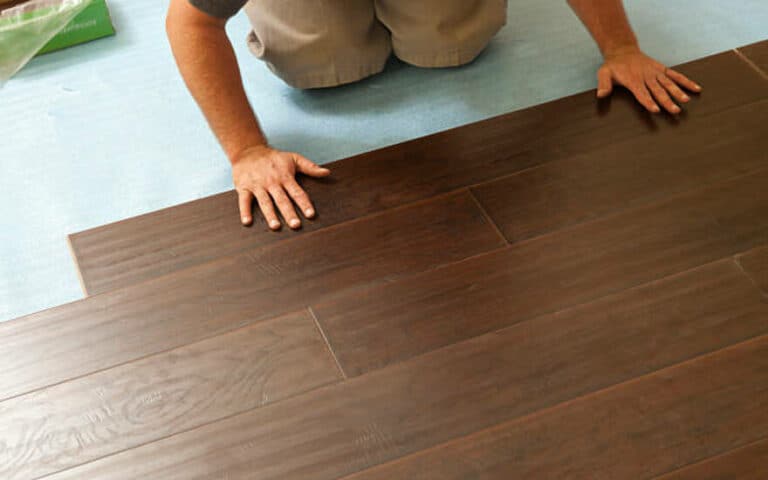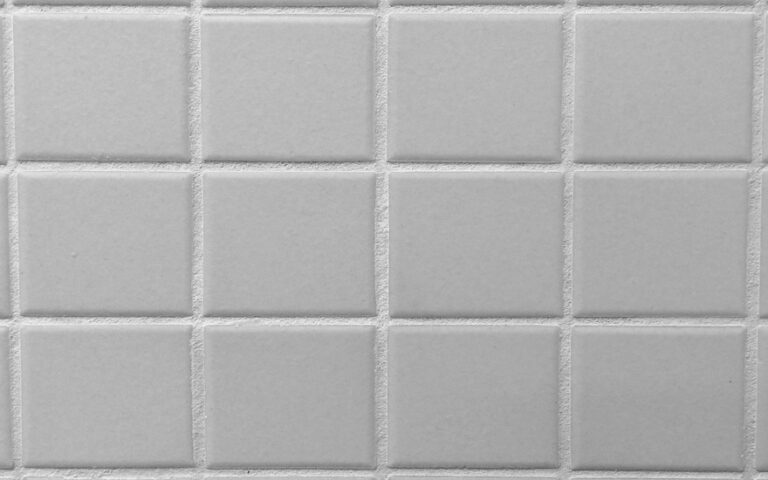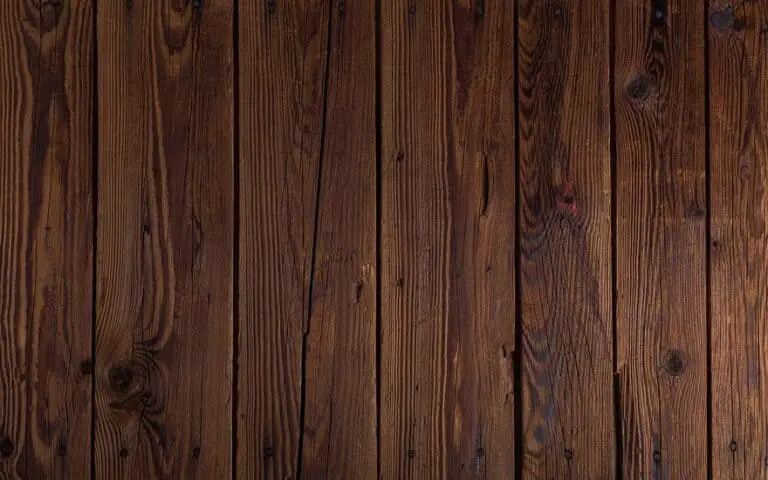If you’re examining for an effortless way to keep your bathroom floor without a drain, this post is for you! I’ll convey some information and tricks to keep your bathroom floor sparkling without the need for a drain. So grab your cleaning supplies, and let’s get started!

Step-By-Step Guide To clean the bathroom floor
Here are many steps to clean your bathroom floor without a drain. Steps:
1. Prepare the Bathroom
Make sure there is plenty of airflow by opening all the windows and doors. Remove any rugs, mats, and furniture from the room and place them outside.
Vacuum the floor to eliminate any dirt, dust, and debris. Use a cleaning solution to remove any stains that refuse to come out. Finally, install a hair-catcher to prevent clogs if you’re cleaning the floor drain. Once the room is ready, you can start cleaning the floor without a drain.
2. Using Vinegar and Baking Soda
Cleaning the bathroom floor with vinegar and baking soda is one of the cheapest and most efficient methods. Vinegar is an organic acid that can break down dirt, soap scum, and lime buildup. Baking soda is a gentle abrasive that helps scrub away built-up dirt and grime. To use these natural cleansing agents:
A few minutes after applying the mixture, scrub it off.
- In a dish, combine 1 part vinegar with 1 part baking soda.
- Scrub the mixture onto the floor with a sponge or brush.
3. Clean the Floor with Soap and Water
Once you have prepared the bathroom, it is time to clean the floor with soap and water. Start by filling a bucket with warm water and mild detergent. Use a sponge or mop to scrub the floor in a circular motion, reaching into the corners and crevices.
Work your way around the bathroom to ensure you have removed all dirt and grime. If you have a hard-to-reach area, you can use a toothbrush to help scrub it. Once your floor is clean, rinse it with clean water, then dry it with a cloth or towel.
4. Scrub Difficult Areas with a Toothbrush
Scrubbing the more difficult bathroom floor areas can be tedious, but it’s necessary for a deep clean. If you find that a sponge or cloth isn’t enough, you can use a toothbrush to get into the small spaces between tiles and grout.
Make sure to use a brush with soft bristles and apply an appropriate cleaner to the area. To get into the crevices, use a cleaning solution that foams and will reach deep into the grout lines. Allow the cleaner to sit for a few minutes before scrubbing with the toothbrush. Once finished, rinse the area before drying with a towel.
5. Rinse the Floor
Once the floor is cleaned and scrubbed, it is important to rinse it with warm water. This will wash away any dirt, grime, and soap residue. Make sure all the soap is removed by wiping the floor in a circular motion with a soft cloth or sponge.
Once the floor is rinsed, it is essential to dry it thoroughly with a towel or microfiber cloth. This will help prevent streaks and spots that can be caused by water. It is also necessary to ensure the floor is dried before applying a disinfectant or sealant.
6. Dry the Floor
Once you have finished cleaning the bathroom floor, it is essential to dry it properly to avoid any water damage. A dry mop or towel will help absorb excess moisture and ensure that your bathroom floor is dried.
If you have a steam mop, it can help dry the floor quickly and effectively. A fan or opening windows can also help speed up the drying process and keep the bathroom smelling fresh.
7. Apply Disinfectant
Once the bathroom floor is dried, it’s time to apply disinfectant. Disinfecting the bathroom floor is essential for maintaining a healthy and safe environment. Make sure to use a disinfectant formulated explicitly for the tile and grout. Spray the bottom with the disinfectant and allow it to sit for about 10 minutes before wiping it with a damp cloth.
Pay extra attention to the base of the toilet and the four corners of the room since these are familiar places for dust and filth to accumulate. Once you’ve finished disinfecting the floor, allow it to air dry before continuing to the next step.
8. Mop with Vinegar and Water
Moping with vinegar and water is a great way to clean a bathroom floor without a drain. You need to dilute the vinegar with hot water before cleaning the floor. This will help to kill the germs and bacteria that can be found on the bathroom floor.
Using a mop with a microfiber pad is the best option, as it will help pick up smaller particles of dirt and grime. Make sure to rinse the floor afterward to ensure no residue is left. Be sure to apply a sealant to the grout after mopping to prevent further staining.
9. Seal the Grout
Sealing the grout is essential in keeping bathroom floors clean and free of dirt and germs. This process helps keep the grout from staining, which can be troublesome to remove once it’s been stained. You can get sealant at any hardware shop to protect the grout.
Start by cleaning the grout with a brush and warm water. Once the grout is free of dirt and debris, apply the sealant according to the manufacturer’s instructions. Allow the adhesive to dry completely before walking on the bathroom floor. This will help ensure the grout is sealed and protected from staining.
10. Use Natural Cleaners for a Healthier Bathroom
Using natural cleaners is a great way to keep your bathroom clean while also making it healthier. Honest cleaners are less harsh and do not contain the same chemicals as traditional household cleaners. The floor in your bathroom may be cleaned quickly and effectively with just a few natural cleaning supplies, like baking soda, white vinegar, and hydrogen peroxide.
Tile floors may be cleaned effectively using baking soda. Clean the base with baking soda and water, then dry it with a clean rag or brush. Cleaning bathroom fixtures with white vinegar is a great solution. To clean the surfaces, dampen a sponge with white vinegar and water.
How to get Lime out of a tub?
If you have a tub with lime deposits, there are several ways to remove them. The first approach is to use white vinegar. Pour undiluted vinegar into the tub and let it sit for a few minutes. You can then scrub the area with a sponge or brush.
Baking soda and water may be mixed to form a paste and applied topically. Don’t rush into cleaning; let it take a few minutes to soak in. You may always resort to a professional lime removal remedy if you have a tough lime buildup. Follow the directions on the package and wear protective gloves when handling the product.
How to clean the floor in the bathroom?
The best way to clean your bathroom floor will be determined by the material used for the floor. For example, if you have a tile floor, you may need to use a solution of baking soda, vinegar, and water to remove dirt and grime.
If you have carpeted floors, you may need to use a vacuum cleaner to eliminate dust and dirt. You may need a mop with a mild cleanser if you have hardwood floors. No matter the kind of flooring you have, you should always sweep or vacuum the area before mopping or cleaning it. This will help eliminate any dirt or debris that can get trapped in the mop and cause damage to the floor.
How to clean bathroom floors with a cleaning bucket?
When cleaning bathroom floors, a cleaning bucket is a great tool to have on hand. It can help to make the process easier and more efficient. First, fill the bucket with warm water and add a mild detergent or cleaning solution. For tougher stains or dirt, a heavier-duty cleaner may be necessary.
Once the cleaning solution has been added, use a mop or sponge to scrub the floors. Make sure to reach into all the corners and crevices to ensure a thorough clean. After washing, rinse the feet with clean water and dry them with a clean cloth or towel. For extra protection, use a sealant or wax to protect the floors from future dirt and grime.
How to clean a bathroom sink drain without clogging?
Clogged bathroom sink drains are a common issue that many homeowners face. The best way to avoid this is by installing a hair-catcher in the drain. This will catch most of the hair and soap residue that can cause clogs. If your sink is already blocked, you may try using a drain snake or a plunger to clear the obstruction. Baking soda and vinegar may be an alternative if you’ve previously experimented with them.
If you have a clogged drain, pour the mixture down, let it rest for a few minutes, and then run hot water down the drain to clear it. You may need to use a wire or a hanger to fish out any remaining residue. Call a professional plumber to help you remove the drain if all else fails.
Summary
If you have the correct equipment and know-how, you can clean your bathroom floor even if you don’t have a drain. With the right planning, you may use all-natural cleansers to scrub away filth or mix baking soda, vinegar, and bleach for a more thorough cleaning. Use a hair catcher to remove hair and other debris from the drain while cleaning the floor drain in the bathroom. Finally, seal the grout between the tiles to keep your bathroom looking great for years to come.

